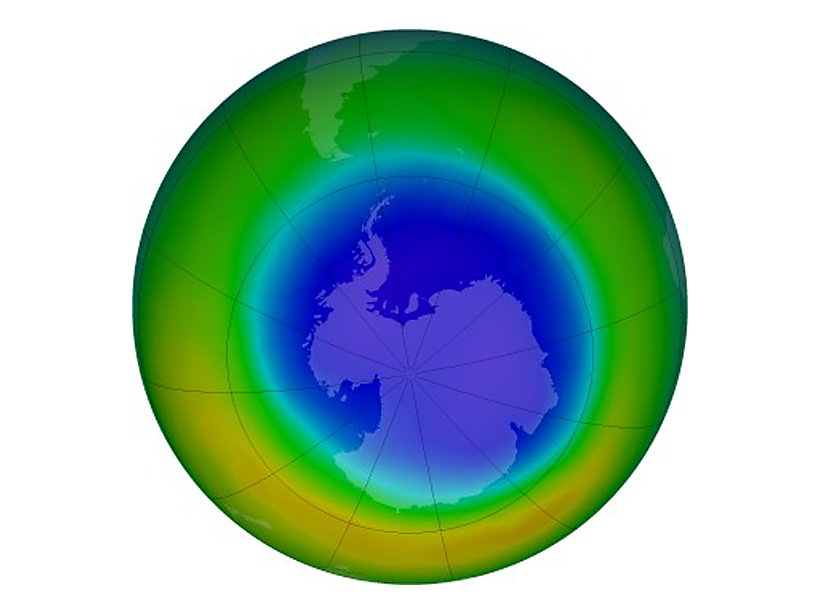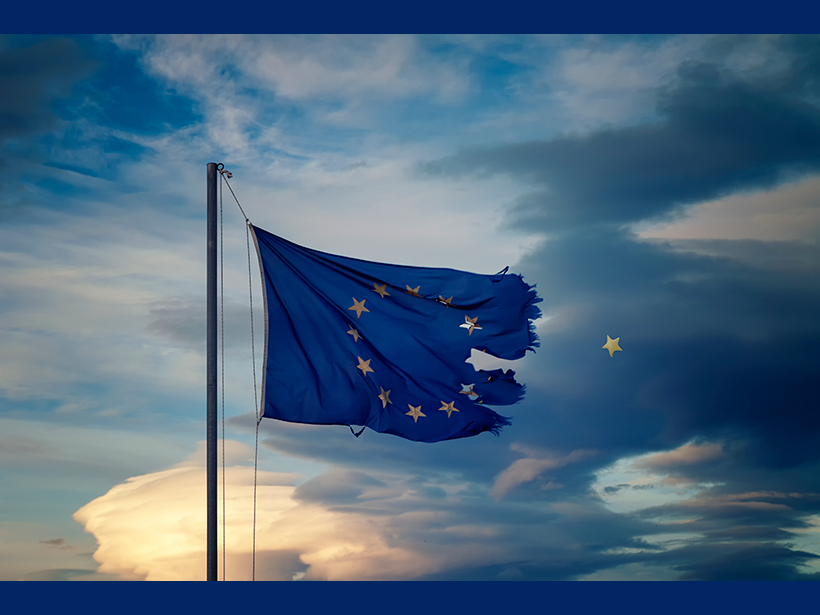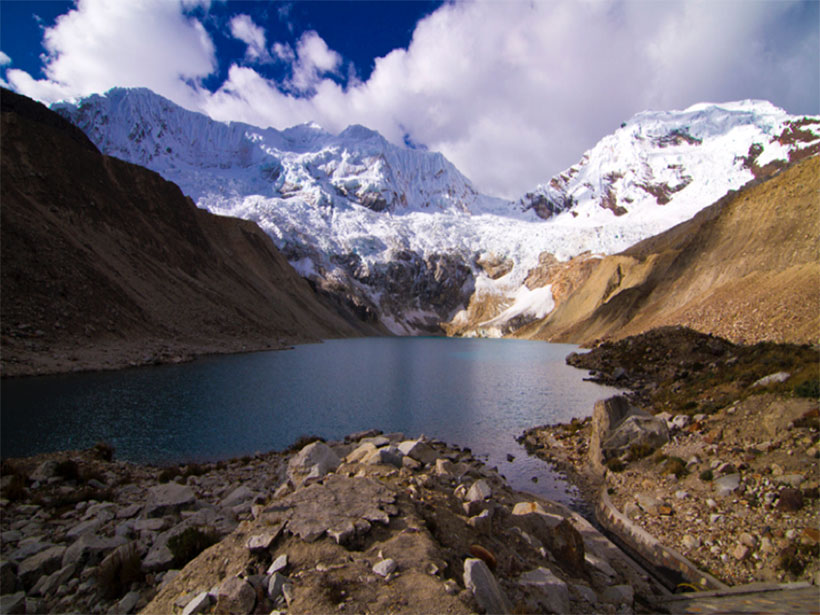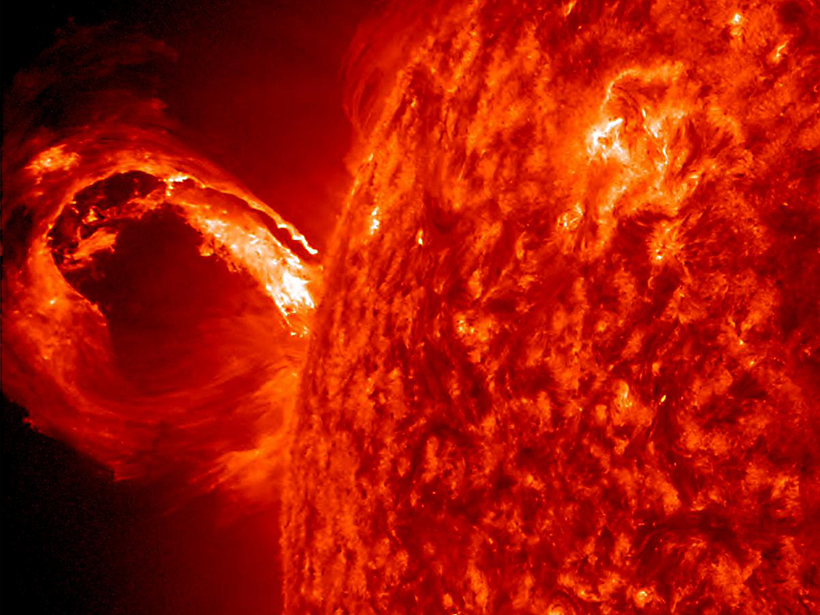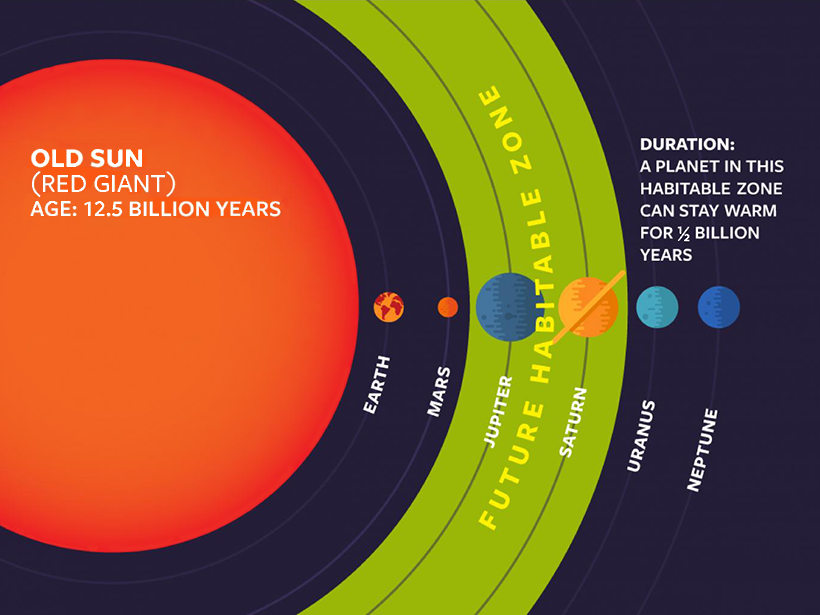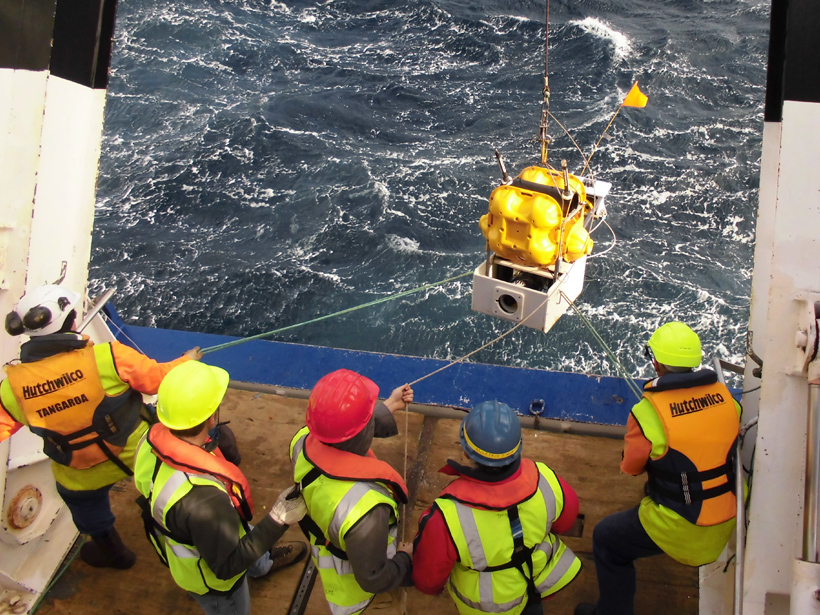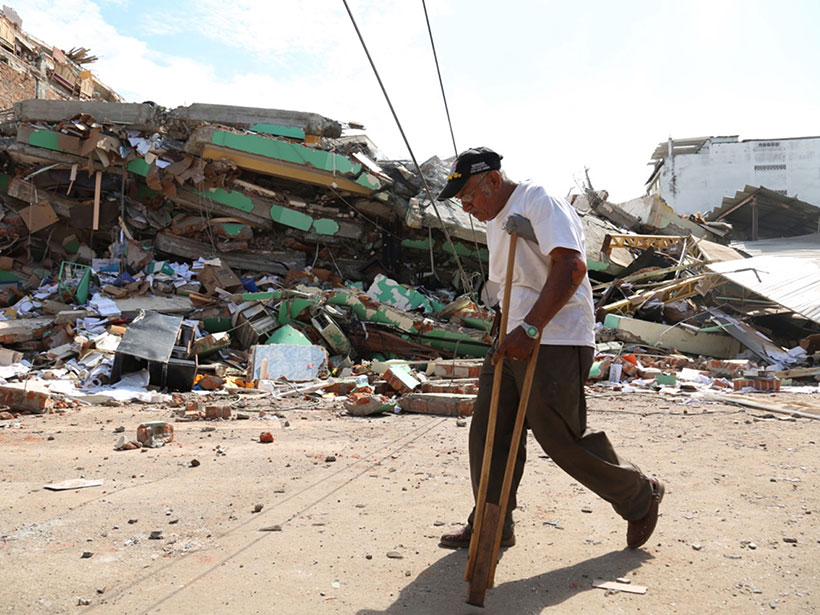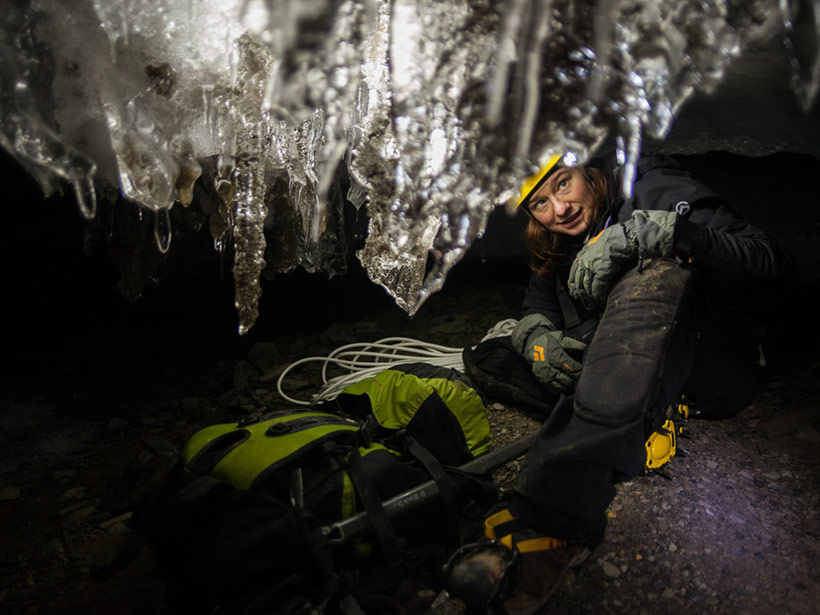The ozone hole over Antarctica has shrunk by 16% since its peak in 2000, and some suspect it may disappear entirely by midcentury.
JoAnna Wendel
JoAnna Wendel is a freelance science writer and cartoonist. She covers topics ranging from the geology of faraway moons to the behavior of animals in our oceans. She served as a staff writer for Eos from 2014 to 2018, then worked in communications in NASA’s Planetary Sciences Division. JoAnna is now freelancing full time as a writer and artist.
Focusing the Human Lens on Glacial Outburst Floods
To better prepare mountain communities for possible floods, experts say that it is important to understand the communities themselves.
Pinatubo 25 Years Later: Eight Ways the Eruption Broke Ground
From the first rapid assessment of a volcano's history to insights on geoengineering, the 15 June 1991 eruption of Mount Pinatubo changed the way we approach and learn from volcanic hazards.
Did Solar Flares Cook Up Life on Earth?
Scientists have found that "super" solar flares could have warmed the ancient planet and jump-started life.
Comet with Stunted Tail Hints at How Solar System Formed
Finding out whether just a few or many of this newfound type of rocky object roam deep space should help scientists sort among contrasting scenarios of the solar system's infancy.
Aging Stars Make New Habitable Zones
Scientists searching for life in the universe now have a new target: the once-icy worlds orbiting red giants.
Undersea Data Tie Slow Fault Slip to Tsunami-Causing Quakes
Slow events might help scientists better understand when and why tsunami-generating earthquakes occur.
Ecuador Earthquake Kills Hundreds, Injures Thousands
Ecuador's president declared a state of emergency after a large earthquake shook the country.
Into the Belly of a Glacier
Ice caving started as a weekend hobby but has now blossomed into a portion of graduate student Kiya Riverman's Ph.D. research.

